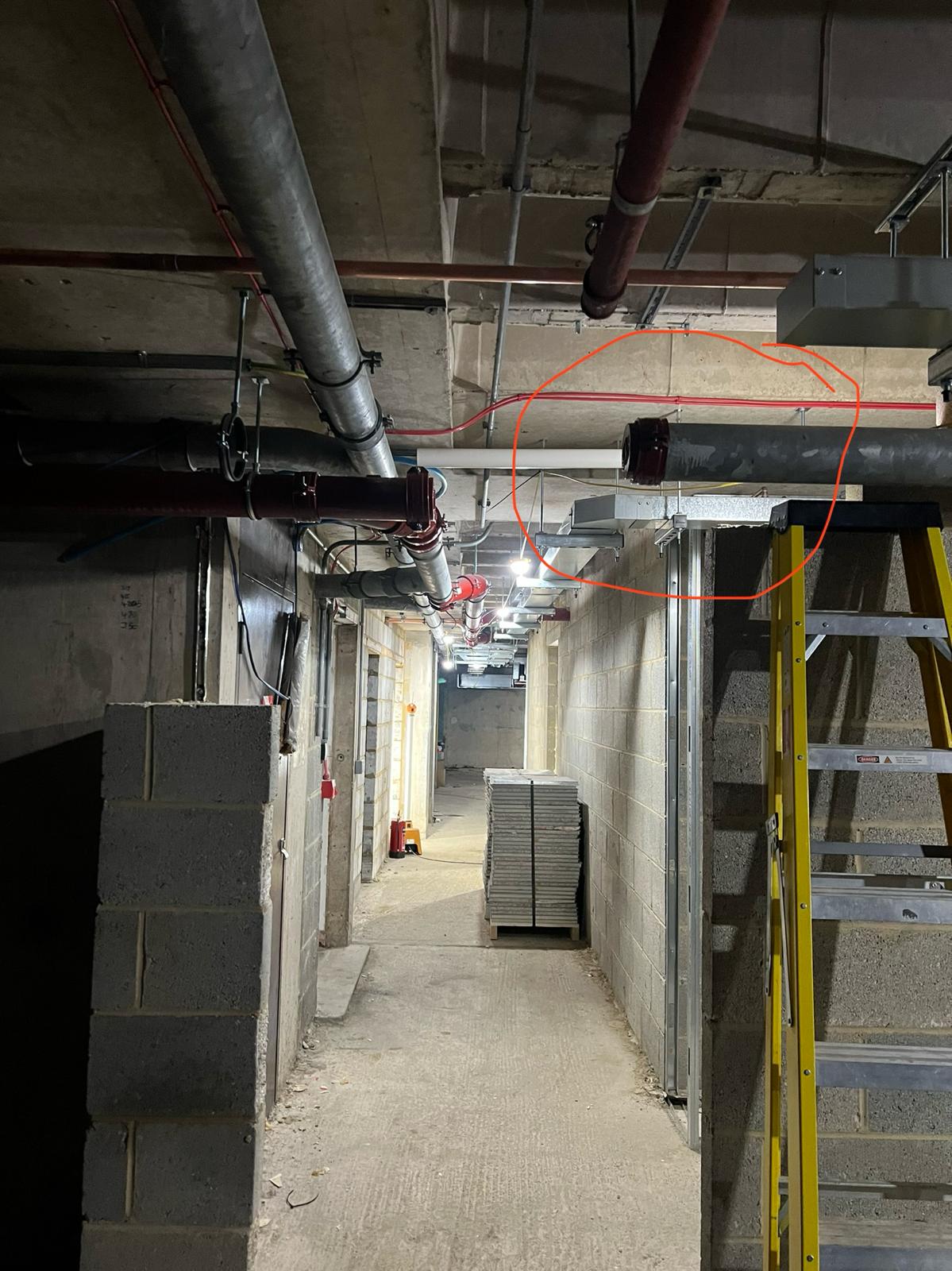.jpg)
What Do Enabling Works Cover?
Site Clearance: Removing debris, vegetation, old structures, and hazardous materials to create a clean and safe construction area. This ensures the site is free of physical obstacles that could delay the project.
Utility Disconnection and Diversion: Managing existing utilities like water, electricity, and gas by disconnecting or rerouting them as needed. This prevents damage to infrastructure and ensures uninterrupted construction work.
Ground Preparation: Excavating, leveling, and stabilizing the ground to provide a solid foundation for the construction is essential for structural integrity and safety.
Temporary Access Solutions: Constructing temporary roads, pathways, or access points for construction vehicles and workers, making it easier to transport materials and equipment.
Surveys and Investigations: Conduct site surveys to identify underground utilities, soil conditions, or environmental risks. This helps in planning and mitigating challenges early.
Environmental Remediation: Addressing any ecological concerns, such as contaminated soil or water, to ensure compliance with regulations and maintain a safe worksite.
Demolition and Strip-Outs: Removing existing buildings, fixtures, or interiors that must be cleared before construction starts. This includes everything from complete demolitions to partial strip-outs.
Drainage and Flood Prevention: Installing or upgrading drainage systems to prevent waterlogging and ensure the site remains dry and secure during construction.
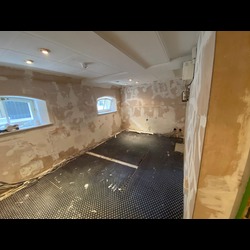
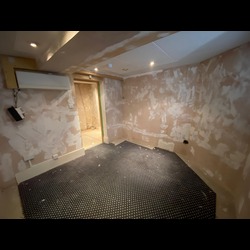
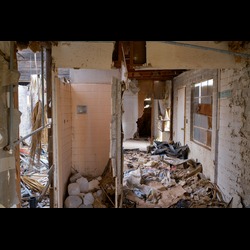
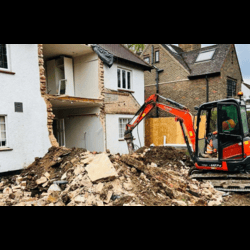
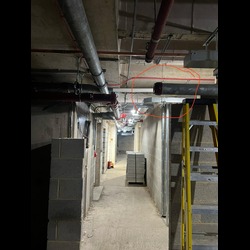

.jpg)
